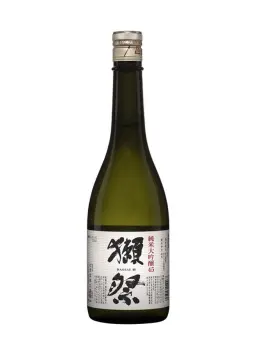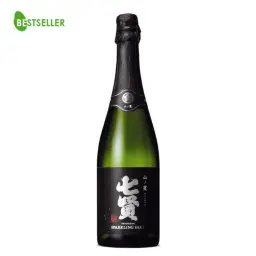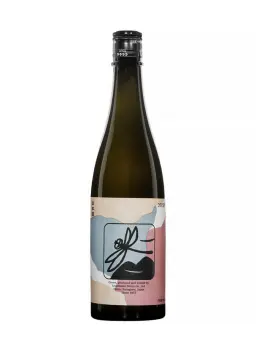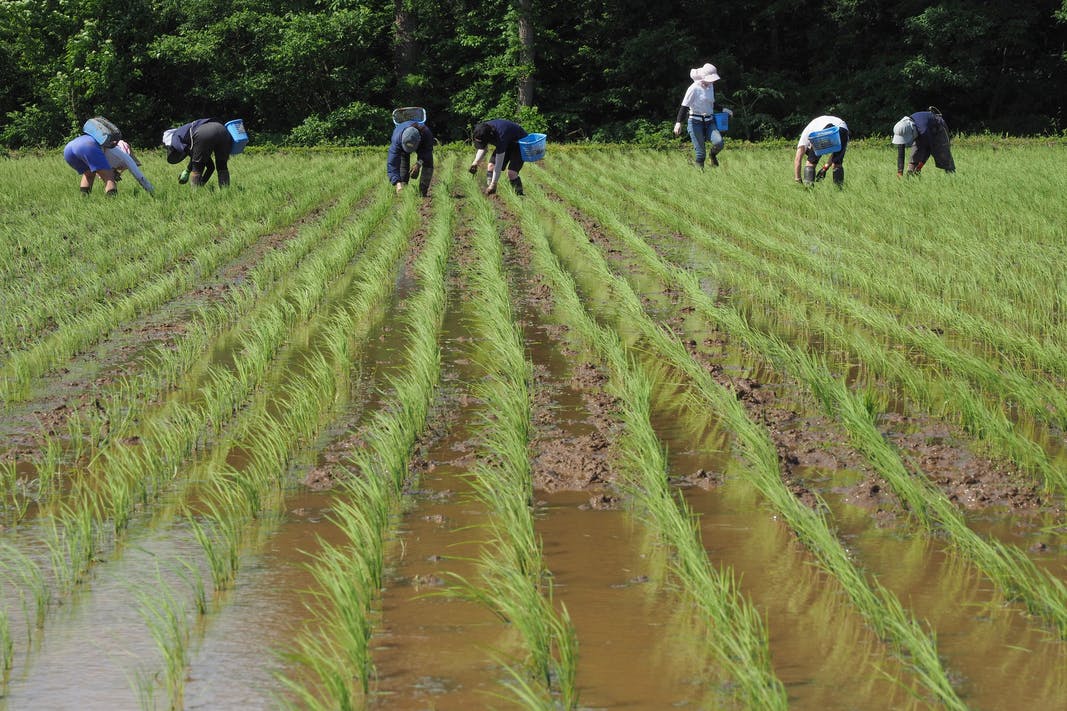
An Iconic Japanese Beverage, Sake Comes in a Wide Variety of Styles
Sake, the emblematic drink of Japan, encompasses a rich diversity of styles. The term refers to a broad family of fermented rice-based beverages known as nihonshu, whose flavor profiles vary depending on the ingredients, brewing techniques, yeast strains, and aging time. From traditional to modern expressions, each type of sake offers a unique window into the depth of Japan’s brewing heritage.
To introduce this still relatively unknown drink to the French public and to position it as a genuine alternative to wine on restaurant menus, La Maison du Saké has developed a new classification system. The goal is to make sake more accessible by prioritizing a sensory-based approach rather than a technical one.
This system highlights the aromatic and taste characteristics of sake, placing less emphasis on more technical criteria, such as the rice polishing ratio, which are often difficult for consumers to interpret.
La Maison du Saké identifies five main flavor profiles: Modern, Traditional Rice Type, Traditional Water Type, Natural, and Sparkling.
In this article, we’ll explore both the classification developed by La Maison du Saké and the official sake categories recognized by the Japanese government.
Sake Classification by La Maison du Saké
Traditional Water-Type Sakes
This style emphasizes the subtlety and crystalline character of sake, showcasing the purity of the water used in its production. The aromatic expression of water-type traditional sakes is intentionally restrained, with delicate notes of wet stone, white flowers, or a hint of soft lactic character. On the palate, it is smooth, clean, and seamless, with no rough edges.
Perfect alongside refined, delicate dishes, it enhances without ever overpowering.
BIJITO Junmai Ginjo

22.9 €
BIJITO Junmai Ginjo
This sake is distinguished on the palate by fruity notes (peach, pear) and mineral accents (seaweed), along with flavors of rice powder, spices (coriander and pepper), and licorice.
Serving temperature: Between 6°C and 12°C.
Pairing ideas: Line-caught sea bass, fresh goat cheese, roasted turnip.
Traditional Rice-Type Sakes
More structured, these sakes offer a fuller body and a pronounced umami character. Traditional rice-type sakes reveal aromas of steamed rice, toasted bread, dried mushrooms, or nuts, often accompanied by a round, sometimes slightly creamy texture.
Their density and depth make them well-suited to richer dishes such as braised meats, slow-cooked preparations, or select cheeses.
IZUMIBASHI Tonbo Green
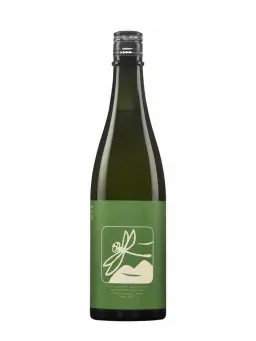
31.5 €
IZUMIBASHI Tonbo Green
This junmai sake is made from a blend of different sake rice varieties, all cultivated by the Izumibashi brewery, a composition that can be seen as an expression of the Kanagawa terroir. Subtle and refined, this cuvée strikes a beautiful balance between sweetness, umami, and acidity, thanks to a one-year aging period in stainless steel tanks at a temperature of around 5°C.
Serving temperature: Between 10°C and 55°C.
Pairing ideas: Fried chicken, duck confit, mussels in white wine, Cantal cheese.
Modern Sakes
Modern sakes are characterized by the use of specially selected yeasts chosen for their aromatic potential. This category includes ginjō and daiginjō sakes, refined styles made from highly polished rice, offering notes of white fruits, flowers, and melon, made possible by yeasts that are highly productive in ester formation.
These sakes require a significant degree of rice polishing (retaining only 60%, 50%, or even 35% of the original grain), slow fermentation at low temperatures, and precise control of both temperature and aeration. They embody the contemporary elegance of Japanese sake.
DASSAI 45 Junmai Daiginjo
The Dassai 45 cuvée offers a rich, fruity nose with notes of peach, apricot, banana, and papaya, accented by a hint of anise. On the palate, it reveals ripe fruits like peach and strawberry tree fruit, along with a touch of vegetal bitterness and a hint of licorice.
Serving temperature: Between 10°C and 12°C.
Pairing ideas: Fennel and green apple salad, mackerel with redcurrant, crottin de chèvre.
Sparkling Sakes
Inspired by sparkling wines, awa sake, with awa meaning “bubble”, is a sparkling sake, with carbonation that may be natural (finishing its fermentation in the bottle, using traditional or ancestral methods) or artificially added. It tends to be sweeter and lower in alcohol (ranging from 5% to 12%).
Sparkling sake appeals to a younger or less experienced audience, and the best examples manage to retain the complexity of fermented rice while offering a lively, creamy texture. It is now officially recognized under a dedicated designation: awa-sake, supported by the Awa Association in Japan.
SHICHIKEN Sparkling Yamanokasumi
A sparkling sake produced through secondary fermentation in the bottle. It is fresh and vibrant, with lactic notes and aromas of pear, pineapple, green apple, and citrus.
Shichiken Yamanokasumi is a silky, impeccably precise sake that delivers remarkable freshness.
Natural Sakes
So-called "natural" sake is brewed without added cultured yeasts or exogenous lactic acid. It relies on spontaneous fermentations, using starter mash (shubo) that draws on wild bacteria and native yeasts.
These sakes often display batch-to-batch variability, but stand out for their raw, rustic aromas, sometimes lactic, and a unique sense of depth. Their profiles can be likened to those of natural wines.
ASAMA Nature
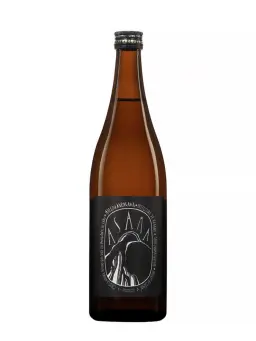
33.9 €
ASAMA Nature
This sake was filtered solely through a hollow fiber filter during final processing before bottling. On the nose, it evokes dried leaves, tree bark, as well as more indulgent, fruity and lactic notes such as tiramisu, white almond, and white currant. On the palate, it offers a rich texture (cocoa), the acidity of green apple, and the bitterness of radish, unfolding into a spiced finish.
Note: this is not a "genshu" (undiluted sake).
Serving temperature: Between 10°C and 15°C.
Pairing ideas: Sautéed mushrooms, stuffed red kuri squash, parmesan.
Vintage Sake (Koshu)
Koshu sake, or aged sake, reveals a lesser-known side of Japanese sake. Aged for several years in stainless steel tanks or bottles, it develops oxidative aromas reminiscent of Madeira or sherry.
These sakes offer notes of nuts, mushrooms, leather, or fermented soy, with a broad texture and often a touch of bitterness. Some expressions are aged for 10, 20, or even 30 years. While still a niche category, koshu appeals to fans of cellar-worthy sakes and to chefs seeking bold food pairings.
IZUMIBASHI 2015 Kuro Tonbo
A traditional rice-type sake, this aged cuvée was crafted using the Yamada Nishiki rice variety. Brewed in 2015, it was matured in glass magnums stored in a cellar at 5°C, then bottled in 2020. This slow aging process explains the depth and complexity of this vintage sake.
Serving temperature: Between 15°C and 50°C.
Pairing ideas: 24-month aged Gouda, duck breast with orange, roasted pork tenderloin, Brin d’Amour cheese.

The official japanese sake classification
The Official Classification by the Japanese Government is based on production methods rather than the taste profile of a sake. These are the categories shown on sake labels:
Junmai-shu
This sake is made from rice, water, yeast, and kōji, with no added distilled alcohol. It can be either traditional or modern in style, but generally has more body and acidity than non-junmai sake. The rice polishing ratio is not legally fixed but often goes below 70%.
Honjōzō-shu
A small amount of distilled alcohol is added before pressing, which lightens the texture and enhances certain aromas. The polishing ratio must be no more than 70%. It is known for its lightness.
Ginjo-shu
The rice polishing ratio must be no more than 60%, and the sake can be junmai (junmai ginjo) or not (ginjo). Ginjo is crafted with great care (slow, low-temperature fermentation), yielding fruity and floral aromas. It is often more aromatic and fits within the modern style.
Daiginjo-shu
A more refined version of ginjo, with a rice polishing ratio of no more than 50%. As with ginjo, it may be junmai or not. This is a high-end, elegant, and complex sake, often reserved for special occasions.
Namazake
Unpasteurized sake that retains vibrant freshness and more pronounced fruity aromas. It must be kept chilled and consumed quickly.
Nigori
A cloudy sake, coarsely filtered. It has a rich, creamy texture and often a sweeter taste. Ideal with desserts or spicy dishes.
Koshu
Aged sake, sometimes matured for many years. It develops oxidative aromas similar to sherry or Madeira, with a darker hue and notes of dried fruits, nuts, or leather.
GO FURTHER IN DISCOVERING SAKE
La Maison du Whisky has three shops in Paris:
The shop on rue Tiquetonne specialises in sakes and can introduce you to a wide variety of this spirit.
Follow our tasting calendar for upcoming tastings, or visit the Golden Promise Whisky Bar which offers a wide range of cocktails as well as whisky, rum and other spirits by the glass.
You can also discover more articles about sake.
